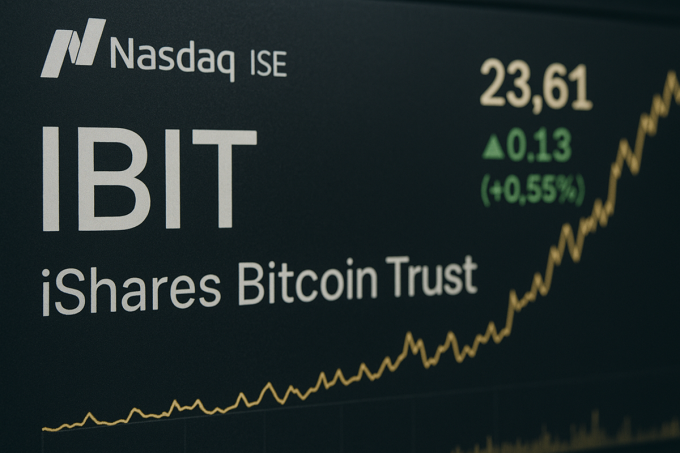Dogecoin (DOGE) saw a sharp sell-off early Wednesday, falling more than 8% to a two-week low before large-scale investors — so-called “whales” — stepped in to absorb selling pressure and stabilize prices around $0.25. The move underscores the volatile dynamics of the meme-coin market, where speculative sentiment and whale activity often dictate short-term direction more than fundamentals.
Crypto Markets Under Broad Pressure
The broader crypto market was mixed on Wednesday as Bitcoin (BTC) hovered near $61,200, down 2.3% in the past 24 hours, while Ethereum (ETH) traded just below $2,350. Meme-coin segments, typically more sensitive to risk sentiment, bore the brunt of selling. Dogecoin’s 8% slide briefly erased nearly $1.3 billion in market capitalization, pulling its total valuation to roughly $36 billion according to CoinGecko data.
Analysts attributed the decline partly to a risk-off tone across global markets after U.S. Treasury yields hit multi-month highs and the Japanese yen extended losses, adding to uncertainty in macro-linked crypto trades. “Meme assets like DOGE are often the first to correct when traders reduce leverage,” said James Porter, digital-assets strategist at Helios Research. “But the fast rebound near $0.25 shows that whales continue to see this as a key accumulation zone.”
Whale Accumulation Signals Tactical Support
On-chain analytics from IntoTheBlock show that addresses holding between 10 million and 100 million DOGE — typically associated with institutional or early-stage investors — added roughly 250 million DOGE (worth about $62 million) during the downturn. This accumulation pattern suggests that larger holders view the $0.25 level as strategically significant, likely defending it to preserve medium-term technical structure.
Historically, Dogecoin’s price has exhibited strong psychological resistance and support around quarter-cent increments — $0.20, $0.25, and $0.30 — reflecting its high retail participation and price anchoring behavior among traders. In the last 90 days, DOGE has traded between $0.21 and $0.34, producing a realized volatility of 67%, roughly 1.6× higher than Bitcoin’s over the same period.
Investor Sentiment: Between Humor and Strategy
While Dogecoin originated as a parody, its investor base has evolved into a hybrid of retail communities and tactical crypto funds exploiting liquidity cycles. Social-media sentiment, measured by LunarCrush’s activity index, dropped 14% following the sell-off — yet engagement rebounded within hours after whale accumulation reports circulated.
“Dogecoin has matured from a joke into a liquidity magnet,” noted Maria Chen, head of market intelligence at InvestLens. “Large holders treat it as a short-volatility instrument — buying dips when social sentiment capitulates, then rotating out as meme momentum returns.”
Outlook: Volatility as a Feature, Not a Bug
Looking ahead, analysts expect DOGE to consolidate between $0.24 and $0.28, with potential upside if broader crypto risk appetite recovers. However, traders warn that a breakdown below $0.23 could trigger algorithmic selling toward $0.20. Macro headwinds, including persistent U.S. dollar strength and reduced retail flows, remain key risks.
For strategic investors, Dogecoin’s resilience amid volatility continues to highlight the interplay of community psychology, liquidity positioning, and speculative reflexivity — making it both a risk proxy and a sentiment gauge for the wider digital-asset market.













Leave a comment